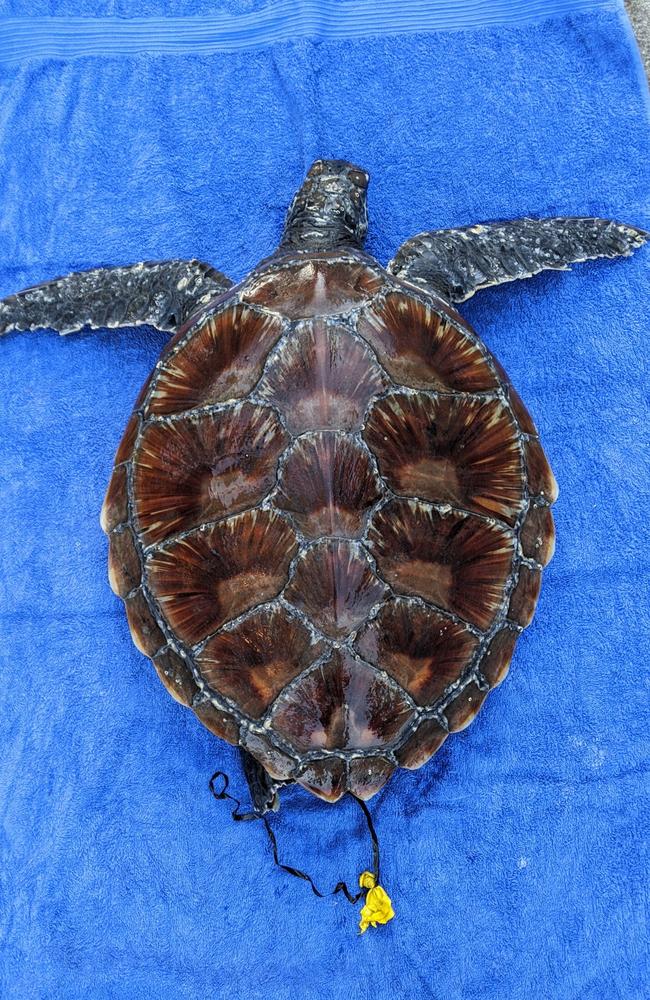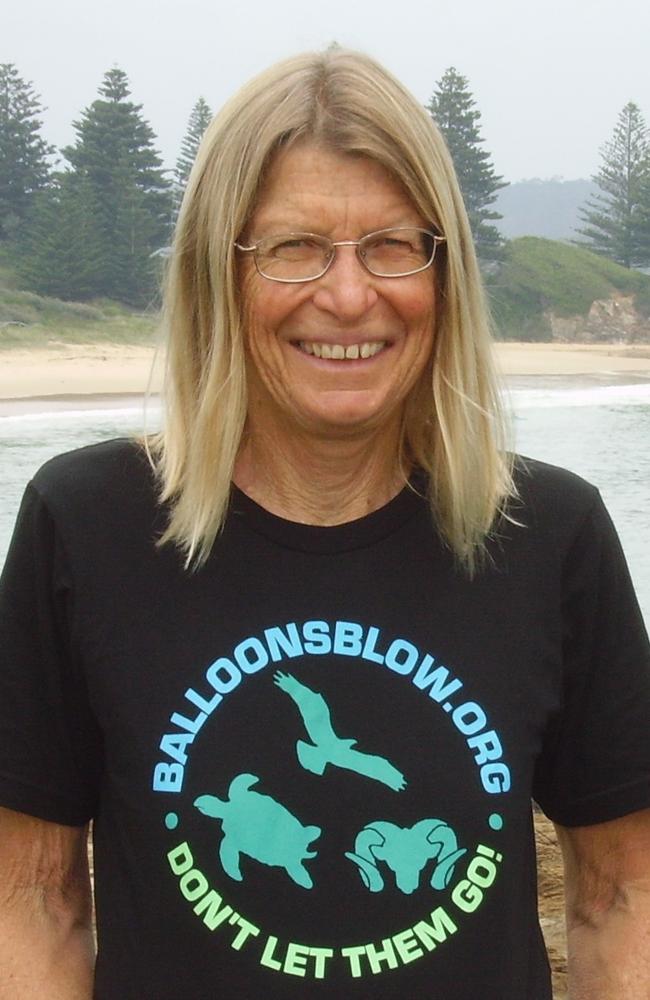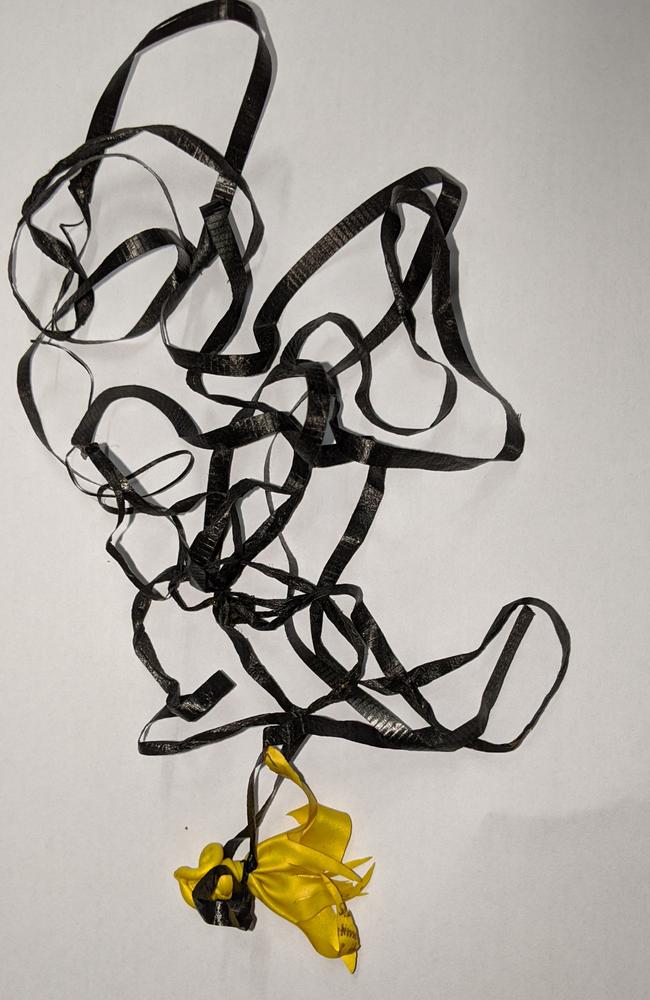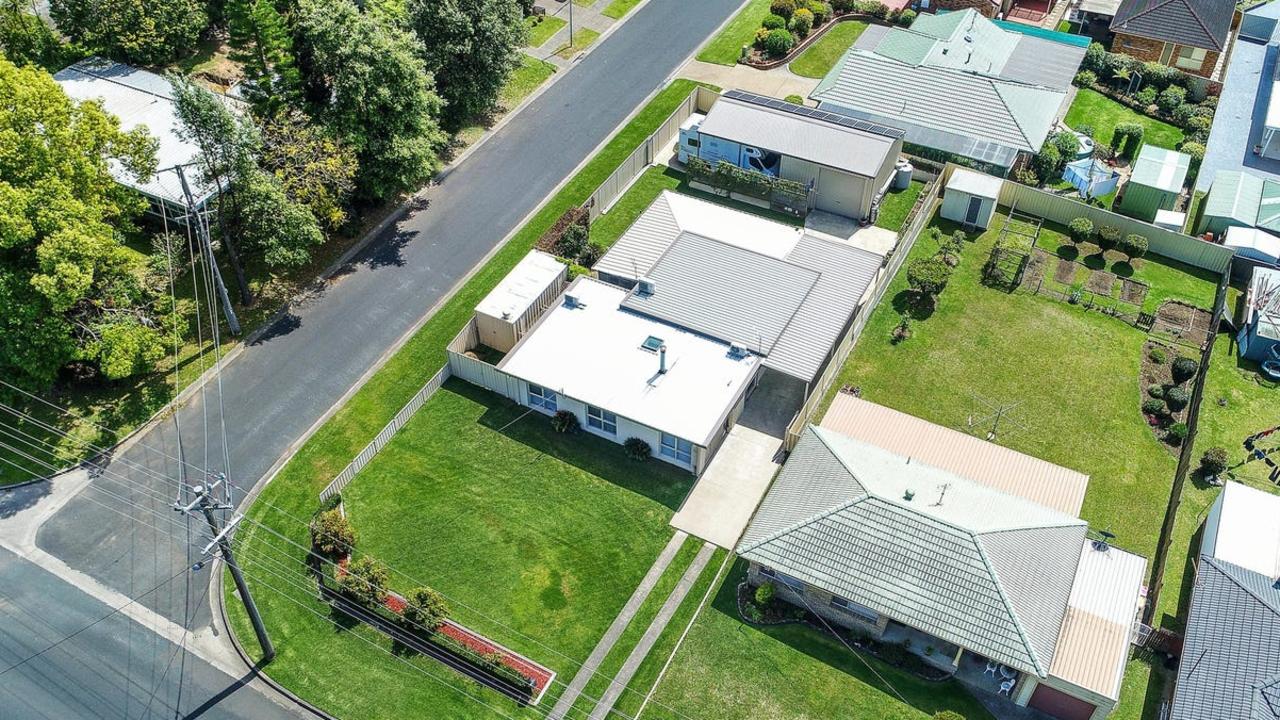Calls to ban balloon releases as strings become biggest sea bird killer
Plastic strings tied to errant balloons have become the single biggest killer of seabirds from marine debris pushing advocacy groups to call for a ban on their release into the atmosphere.
The South Coast News
Don't miss out on the headlines from The South Coast News. Followed categories will be added to My News.
The NSW State Government is being urged to ban the release of balloons into the atmosphere and regulate the sale of helium as marine rescue groups decry the devastating and deadly effect the party favour is having on local seabirds and turtles.
Plastic strings tied to balloons released on the Australian coastline have become the single biggest killer of seabirds from marine debris, according to a 2021 study by the CSIRO and the University of Tasmania which analysed the cause of death of more than 1700 birds.
Despite recent measures to ban single-use plastics, Australian Seabird and Turtle Rescue continue to retrieve wildlife that have ingested the string, which south coast rescue and rehabilitation co-ordinator Lisa Hood said was “catastrophic” for the animal.
“Turtles will generally starve to death because balloons can cause massive issues in the gastrointestinal tract with blockages,” Ms Hood said.
Images released by the agency’s central coast branch show the debilitating toll taken on turtles that have ingested the string, with one animal with string having entered through its mouth and exited through the anus while the turtle was still alive.

Ms Hood said seabirds, including penguins also ingest the string, but are more likely to get entangled in the non-biodegradable plastic.
As a result, they are no longer able to move freely, restricting their ability to hunt or to get out of danger.
So far, more than 700 people have signed a parliamentary petition to ban the release of lighter-than-air balloons, citing their ecological and environmental impact given the harmful plastics are considered single-use.
In November, the NSW State Government moved to ban all single-use plastics, including takeaway cups, straws, and grocery bags, which are to be phased out by June 2022, but did not include balloons or balloon strings.
While it is currently illegal to release more than 19 balloons in NSW after a ban was introduced prohibiting “mass” releases, Balloon Release Australia co-founder Karen Joynes said the exclusion of balloons from the single-use plastics ban was wrong.

“It‘s ridiculous for NSW to allow 19 balloons to be released when there’s so much evidence that released balloons end up as litter,” she said.
“NSW is the only state that actually allows the release of balloons, all the other states and territories recognise that releasing balloons is damaging to the environment.”
Ms Joynes started the new government petition alongside the activist organisation she co-founded, and said every day she goes down to the beach to collect marine debris and regularly finds pieces of balloons and balloon string.
For the ban to work, Ms Joynes said the government would also have to regulate the sale of helium.
“It’s one thing to have a ban on releasing balloons, but if all helium is available to the general public balloon releases will still occur,” she said.

“So we also need to regulate the sale of helium so it cannot be used to inflate balloons.”
Ms Joynes has been involved with the movement to ban balloons since the ’90s after meeting Australian Seabird and Turtle Rescue founder, Lance Ferris, who had been advocating for tighter regulation on balloon releases.
More than 30 years on and Ms Joyce hoped with recent plastics bans throughout the country, it was time to seize on that momentum, but admitted there was still significant pushback from the community.
“Many people who release balloons don’t understand that eventually it will come back to the earth and result in litter,” she said.

Ms Hood said whenever the organiser publicised its concerns about balloon releases, they received “hatred and backlash”, including from families planning balloon releases at memorials and special occasions.
“When we try to talk to people, especially on social media, educating people around the dangers of releasing these balloons, they become quite upset in a lot of situations,” she said.
“They think that we’re the fun police – they can‘t fathom how one balloon could cause so much damage.”
In a statement, an EPA spokesman reinforced the fines associated with balloon releases under the Protection of the Environment Operations Act 1997.
“The penalty for releasing between 20 and 100 balloons is $1100 and if more than 100 balloons are released, the penalties increase substantially to $3,300 for an individual and $5,500 for a corporation,” the spokesman said.
“If people are aware of a planned mass balloon release or see a mass balloon release they can report it to the EPA Environment Line on 131 555.”
The spokesman urged people to consider the man environmentally friendlier alternatives to balloons for marking life’s milestones, including lighting candles, visual light displays, kites and music.




